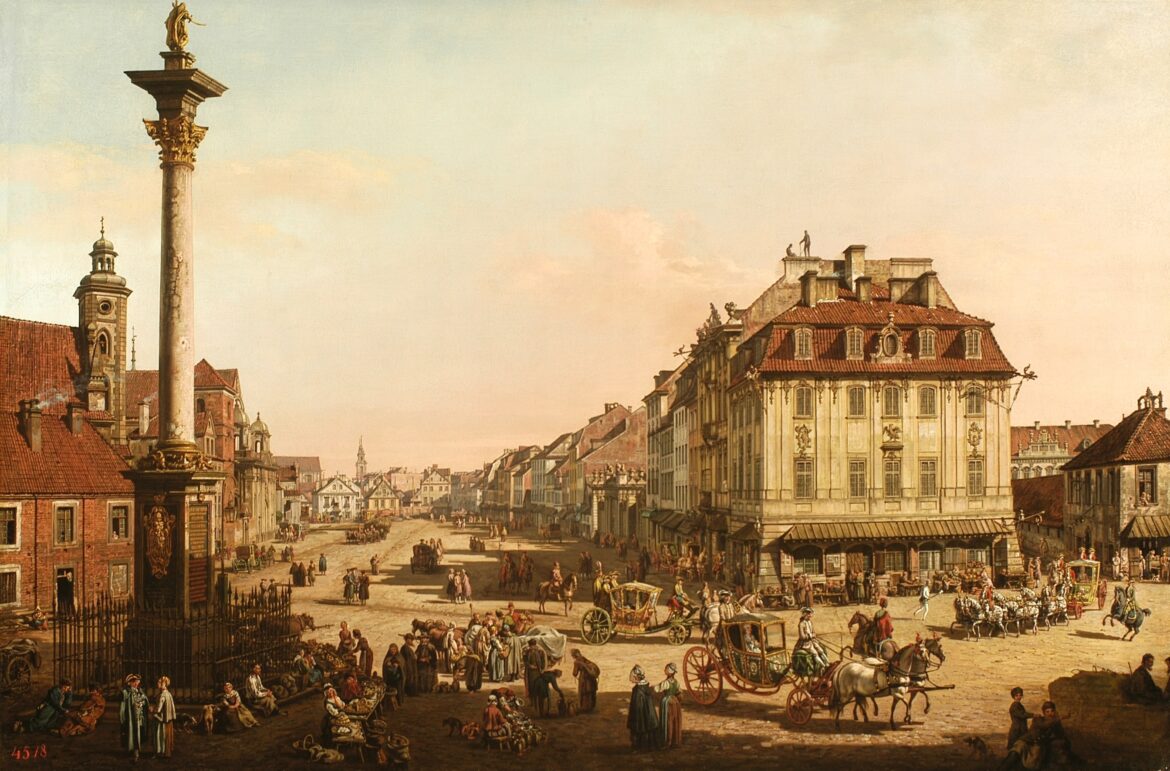On 18 March 1596, by decision of Sigismund III Vasa, Warsaw became the new administrative centre of Poland, replacing Krakow. This historic change, although not formally approved by a legal act, inaugurated a new chapter in the history of the nation, transforming Warsaw into the political and cultural heart of the country.
Warsaw’s development accelerated after the incorporation of Mazovia into the Polish Kingdom in 1529, which significantly increased the city’s importance. The flourishing trade along the Vistula attracted wealthy noblemen, merchants, and craftsmen to the city, which in turn accelerated urbanisation processes. In the 16th century, the city gained in importance through the construction of buildings such as the Barbican, a testimony to Warsaw’s former grandeur (now admired as a reconstruction).
Warsaw’s prestige was also influenced by the residence and activities of King Sigismund II Augustus of Poland, who contributed to its cultural and political flourishing. Concluded on 1 July 1569, the Union of Lublin united two countries – the Kingdom of Poland and the Grand Duchy of Lithuania – in a real union. This placed Warsaw in the middle on the road from Krakow to Vilnius. In addition, the choice of Warsaw as the seat of the General Sejm strengthened its position in the state structures. The city attracted prominent personalities of the time, becoming an arena for the development of Polish culture and science.
Warsaw’s geographic location, favouring faster connections to key regions of the Polish-Lithuanian Commonwealth (united Poland and Lithuania) and neighbouring countries, and the catastrophic fire at Wawel Castle in Krakow in 1595, accelerated the decision to move the capital. Sigismund III Vasa and his court made it official about the completion of the adaptation of the Royal Castle in Warsaw.
Despite the lack of formal recognition of Warsaw as the capital of Poland until the People’s Republic of Poland, the city gradually took over from Krakow as the political and diplomatic centre of the country. Warsaw flourished, becoming the place where the politics and culture of the Polish-Lithuanian Commonwealth were shaped, and its development in the Baroque era underlined the status of this metropolis of European importance.
The change of capital to Warsaw not only shifted the political centre of Poland, but also contributed to the dynamic development of the city. The presence of the royal court and artistic patronage transformed Warsaw into a centre of political, cultural, and scientific life.





